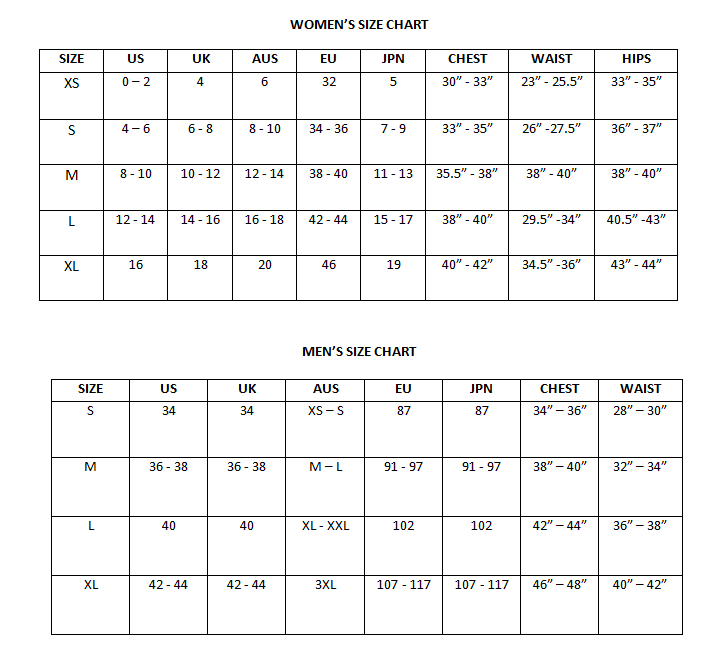FREE SHIPPING
Free shipping on all US order or order above $200
Advantages of Intraligamental Anesthesia
Indication for the Intraligamental Anesthesia
Unique Mediject Operating Features
Performing Intraligamental Anesthesia with a Mediject
As opposed to a classical infiltration block anesthesia, this method injects the local anesthetic directly into the dental ligament (periodontal ligament) and thus guarantees a rapid, certain and total anesthesia of a single tooth.
For the Mediject syringe this means:
1 depression of the lever @ 0.06 ml @ 7 sec. duration
3 depressions of the lever @ .18 ml @ 21 sec. duration per root

All orders shipped with UPS Express.
Always free shipping for orders over US $250.
All orders are shipped with a UPS tracking number.
Items returned within 14 days of their original shipment date in same as new condition will be eligible for a full refund or store credit.
Refunds will be charged back to the original form of payment used for purchase.
Customer is responsible for shipping charges when making returns and shipping/handling fees of original purchase is non-refundable.
All sale items are final purchases.
Give us a shout if you have any other questions and/or concerns.
Email: contact@domain.com
Phone: +1 (23) 456 789
Advantages of Intraligamental Anesthesia
Indication for the Intraligamental Anesthesia
Unique Mediject Operating Features
Performing Intraligamental Anesthesia with a Mediject
As opposed to a classical infiltration block anesthesia, this method injects the local anesthetic directly into the dental ligament (periodontal ligament) and thus guarantees a rapid, certain and total anesthesia of a single tooth.
For the Mediject syringe this means:
1 depression of the lever @ 0.06 ml @ 7 sec. duration
3 depressions of the lever @ .18 ml @ 21 sec. duration per root
Free shipping on all US order or order above $200
Contact us 24 hours a day, 7 days a week
Simply return it within 30 days for an exchange.
We ensure secure payment with PEV